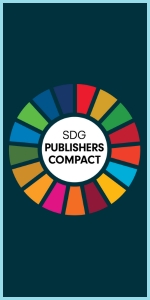This study applied traditional science, with indigenous participation, to investigate the causes and ecological impacts of a mangrove die-off in Boambee Creek, Gumbaynggirr Country, Australia. A severe hail storm defoliated mangroves at two sites in 2021. By 2023, one site recovered but the other remained unhealthy. Chemical contaminants were found in the water, sediment and mangrove roots. The unhealthy site had fewer aerial roots, seeds and seedlings and a lower diversity of invertebrates, confirming a loss of ecological integrity.
This article belongs to the collection: Science in Sea Country.
MF23250 Abstract | MF23250 Full Text | MF23250PDF (4.1 MB) | MF23250Supplementary Material (906 KB) Open Access Article





